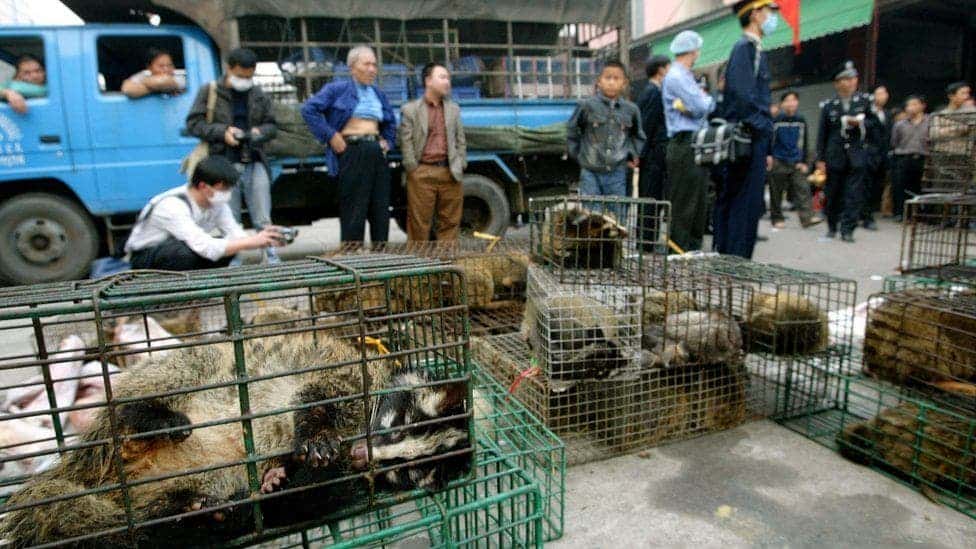It was where it all started and now it’s time to change things up. The city of Wuhan, China, where the novel coronavirus first surface, has now introduced a ban on the hunting and eating of wild animals. The ban follows growing pressure on China from overseas to stop illegal wildlife trade, which is largely blamed for the current pandemic.

Local authorities of Wuhan, a city with 11 million inhabitants, decided to ban not only the eating of all wild animals but also their hunting, declaring the territory a wildlife sanctuary. The only exception is hunting for scientific research, population regulation, and monitoring of epidemics.
Wuhan also imposed controls on the breeding of wild animals, making clear that from now on no wild animal can be reared as food. Wild animal breeders will be offered buyouts as part of a national plan, not just in Wuhan, to reduce exotic animal breeding. This will encourage a transition into other agricultural practices, the government hopes.
The Chinese government is offering payments to farmers for at least 14 wild species, such as rat snakes, bamboo rats, civet cats, and Chinese bamboo partridges. The highest level of compensation is given for the Chinese muntjac deer, estimated at $346. The buyouts have so far been presented in Hunan and Jiangxi provinces.
Animal rights group Humane Society International (HSI) said Hunan and Jiangxi are “major wildlife breeding provinces”, with Jiangxi seeing a rapid expansion of the trade over the last decade. HSI China policy specialist Peter Li told AFP that similar plans should be rolled out in more provinces soon.
Of course, there’s a loophole
There’s a big loophole in the plan, experts have warned. Farmers will still be able to work with wild animals for traditional Chinese medicine, the fur industry, or entertainment purposes. In the province of Guangxi, snake breeders are already repurposing their animals for the medicine and beauty industries.
Responding to the coronavirus epidemic, China had already banned in April the trade and consumption of wild animals, mentioning the risk of diseases spreading to humans. The government also published a draft list of animals that could be legally farmed for food and clothing, most being domesticated animals.
“In the past 20 years, a lot of people have been telling the Chinese government to buy out certain wildlife breeding operations – for example bear farming,” Li told AFIP said. “This is the first time that the Chinese government actually decided to do it, which opens a precedent… (for when) other production needs to be phased out.”
We still don’t know exactly how SARS-CoV-2 made the jump to humans. But we do know that wildlife trading makes the virus (and many others like it) much more likely to jump from animals to humans. The first suspect was bats, as they can harbor many viruses due to their strong immune systems.
This initial supposition led to the closure of a food market in Wuhan, China, where animals (including live and wild animals) were sold alongside other food items. But there are key differences from bat coronaviruses and SARS-CoV-2, suggesting that an intermediary host may have been involved.
Researchers are now looking closely at what was the actual origin of the current pandemic the world is facing. In the meantime, there seems to be more than enough reasons to tackle wildlife trade and consumption, with China taking some initial steps in that direction.






